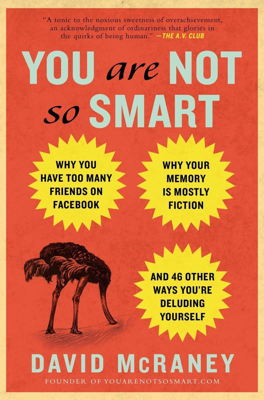The Misinformation Effect
Misconception vs. Truth
Misconception: Memories are played back like recordings.
Truth: Memories are constructed anew each time from whatever information is currently available, which makes them highly permeable to influences from the present.
Memory Construction and Influence
- Memories are not fixed recordings but are reconstructed each time they are recalled, influenced by current information and context.
- Example: A friend recalls an event differently, causing you to question your memory, showcasing the malleability of recall.
The Misinformation Effect
- Elizabeth Loftus' Experiment (1974): Participants watched car crash films and were asked to estimate speeds based on varying verb usage ("smashed" vs. "contacted"). The wording influenced their speed estimates and the false memory of seeing broken glass.
- Result: Verbs like "smashed" led to higher speed estimates and false memories of details like broken glass, illustrating how misleading information can alter recollection.
False Memories
- List Recall Experiment: Participants often falsely remember words like "window" that fit the context but were not originally listed, demonstrating the misinformation effect.
- Loftus' Studies: She implanted false memories (e.g., getting lost in a mall, shaking hands with Bugs Bunny at Disney World) in subjects, showing how easily memory can be distorted.
Memory and Social Contagion
- Research Findings:
- Roediger, Meade, and Bergman (2001): False memories were implanted by having subjects recall items with confederates who listed nonexistent items fitting familiar schemas.
- Bartlett's Folktale Study (1932): Subjects' retellings of a folktale became shorter, more linear, and incorporated new elements to fit cultural schemas over time.
Mechanism and Dynamics
- Memories are assembled using schemas, mental structures that help us organize information based on typical scenarios (e.g., items expected in a kitchen).
- Schemas as Heuristics: While useful for fast thinking, schemas can introduce inaccuracies when they lead to stereotypes or cognitive biases.
Real-World Implications
- Eyewitness Testimony: Loftus' work highlights the unreliability of eyewitness accounts and repressed memories due to their susceptibility to misinformation and present influences.
- Forgiving Memory Errors: Understanding the permeable nature of memory allows for more empathy and skepticism regarding both personal and others' recollections.
Key Research Examples
- Roediger et al. (2001): Demonstrated that people can falsely recall items fitting their schemas, manipulated by social contagion through confederates.
- Bartlett (1932): Showed that retellings of a culturally unfamiliar story were altered to fit familiar cultural narratives over time.
Practical Takeaways
- Memories are dynamically reconstructed and easily influenced, not static records.
- Recognize the potential for false memories and consider the reliability of your recollections and those of others, especially in critical contexts like legal testimony.
